Ep 251: The Nazca Lines Part 1
“Theories are all imagination! All you can do is measure carefully and observe; conclusions flow naturally from that.”
Description:
On a high desert plateau in southwestern Peru, only about 230 miles south of the capital Lima, hundreds of massive and mysterious artistic designs are scraped into the arid soil. Technically known as geoglyphs, these figures range from straight lines and geometric shapes to biomorphic caricatures of animals, plants, and a humanoid. Typically composed of single, continuous outlines, the earthworks can vary in size from 440 to 1200 yards across or between 400 and 1100 meters. The lines combined measure more than 800 miles in length or 1290 kilometers. The area containing the geoglyphs is roughly a whopping 170 square miles or 440 square kilometers. Although the lines only measure from about twelve inches to six feet in width and four to six inches deep, many can be seen from space leading to hypotheses about their purpose. The lines are believed to have been created by first the Paracas and then the Nazca cultures over a period from 400 BCE to 500 CE by removing a shallow layer of darker, oxidized topsoil to reveal the lighter clay-like dirt below. So we may know the how of the lines, but what about the why? Alternative researchers wonder about the purpose of the art if most couldn't readily be seen by their creators at ground level. Were the Nazca peoples, like the Paracas culture before them, creating these designs for metaphoric rituals to gain self-control of their subsistence, or were these societies imploring the gods for help? The more popular illustrations include creatures like a spider, a hummingbird, fish, a heron, and a monkey. These could be seen as natural elements that may connect spiritually to symbols for fertility and agriculture seen in other Nazca art. But one humanoid depiction called the "Owl Man" by some and "The Astronaut" by others particularly sparks the imagination of unconventional thinkers. Join us as we begin to scratch the surface of the wonder and meaning of what has become known as the Nazca Lines.
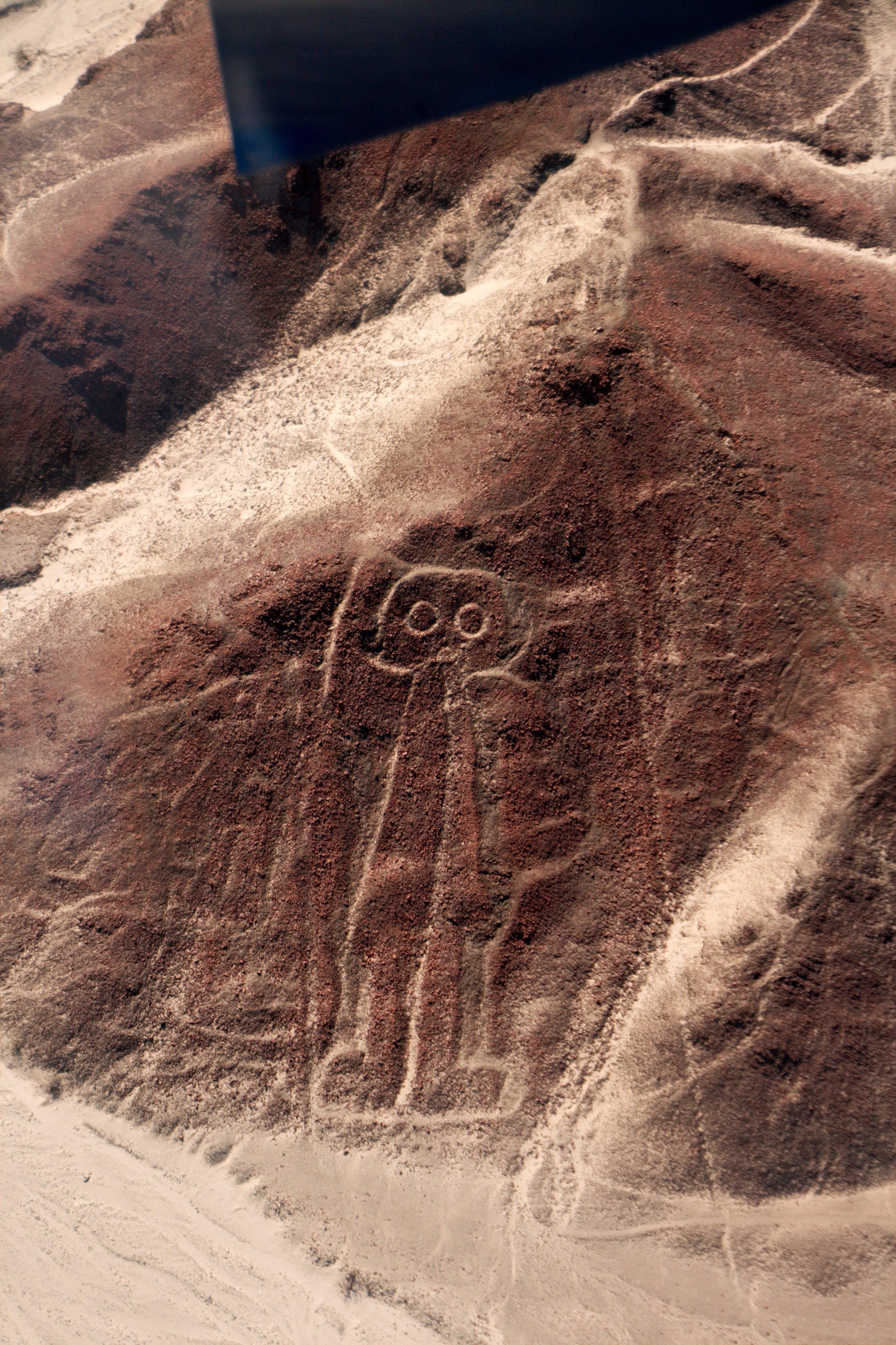
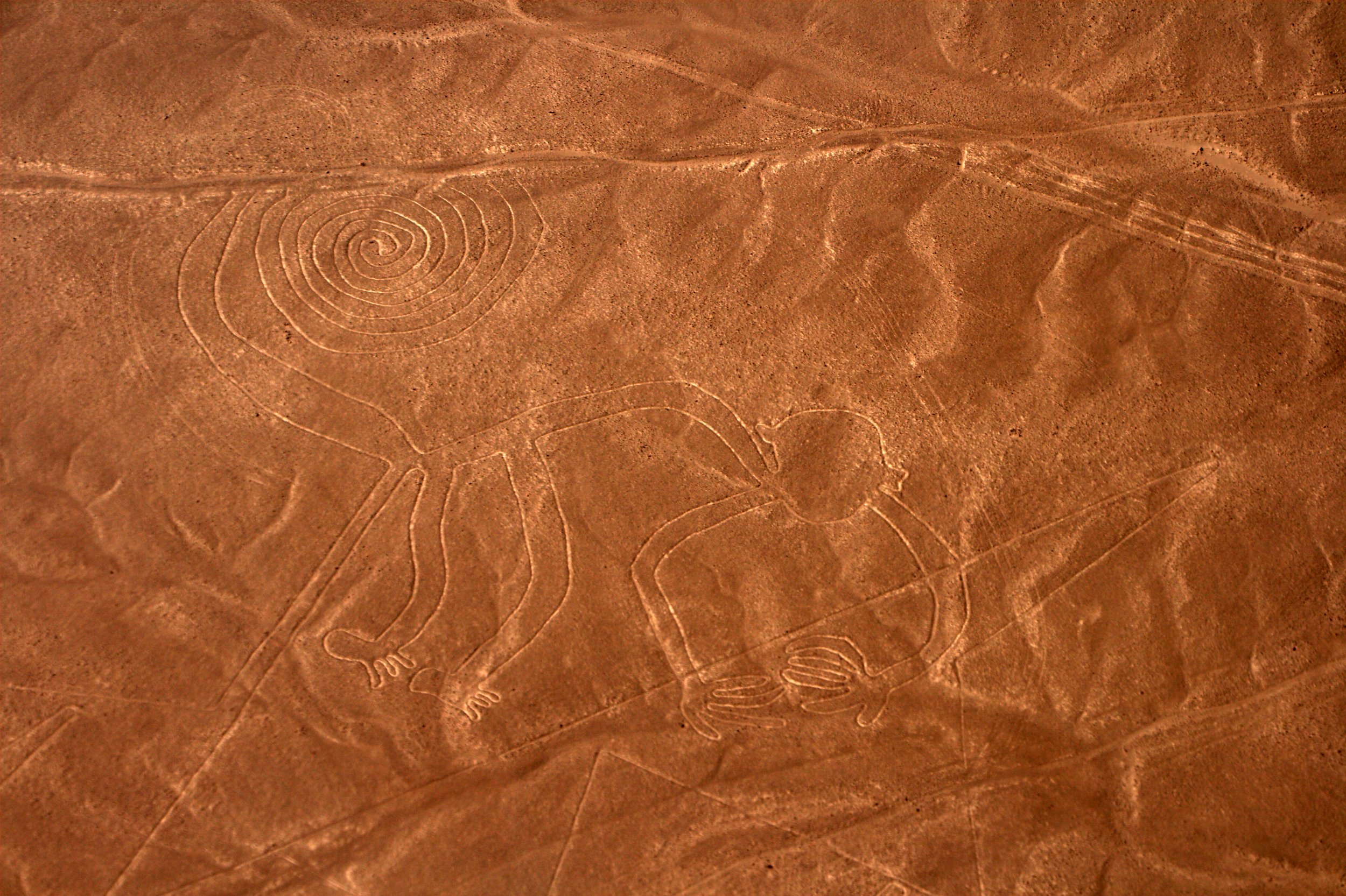
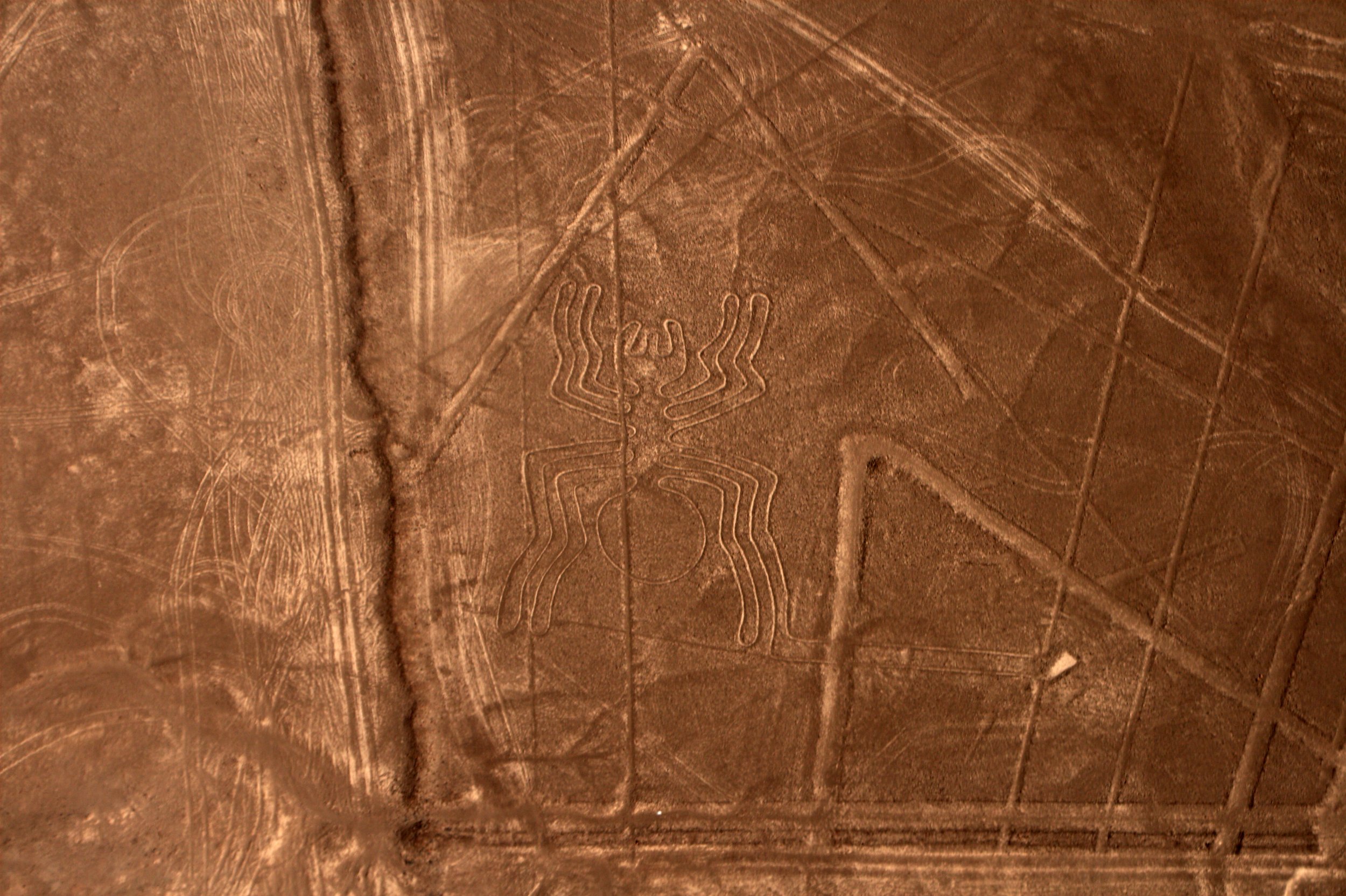
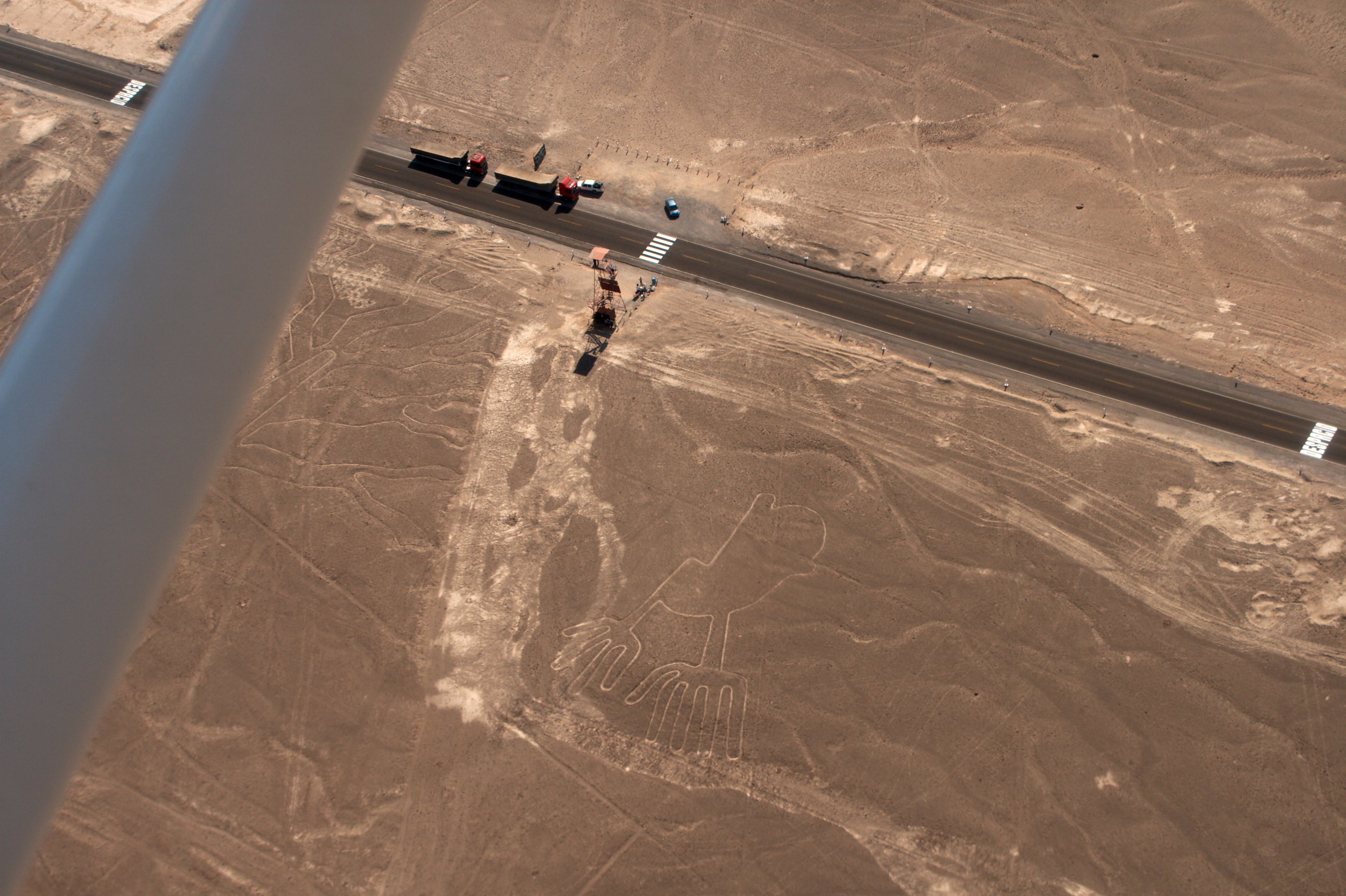
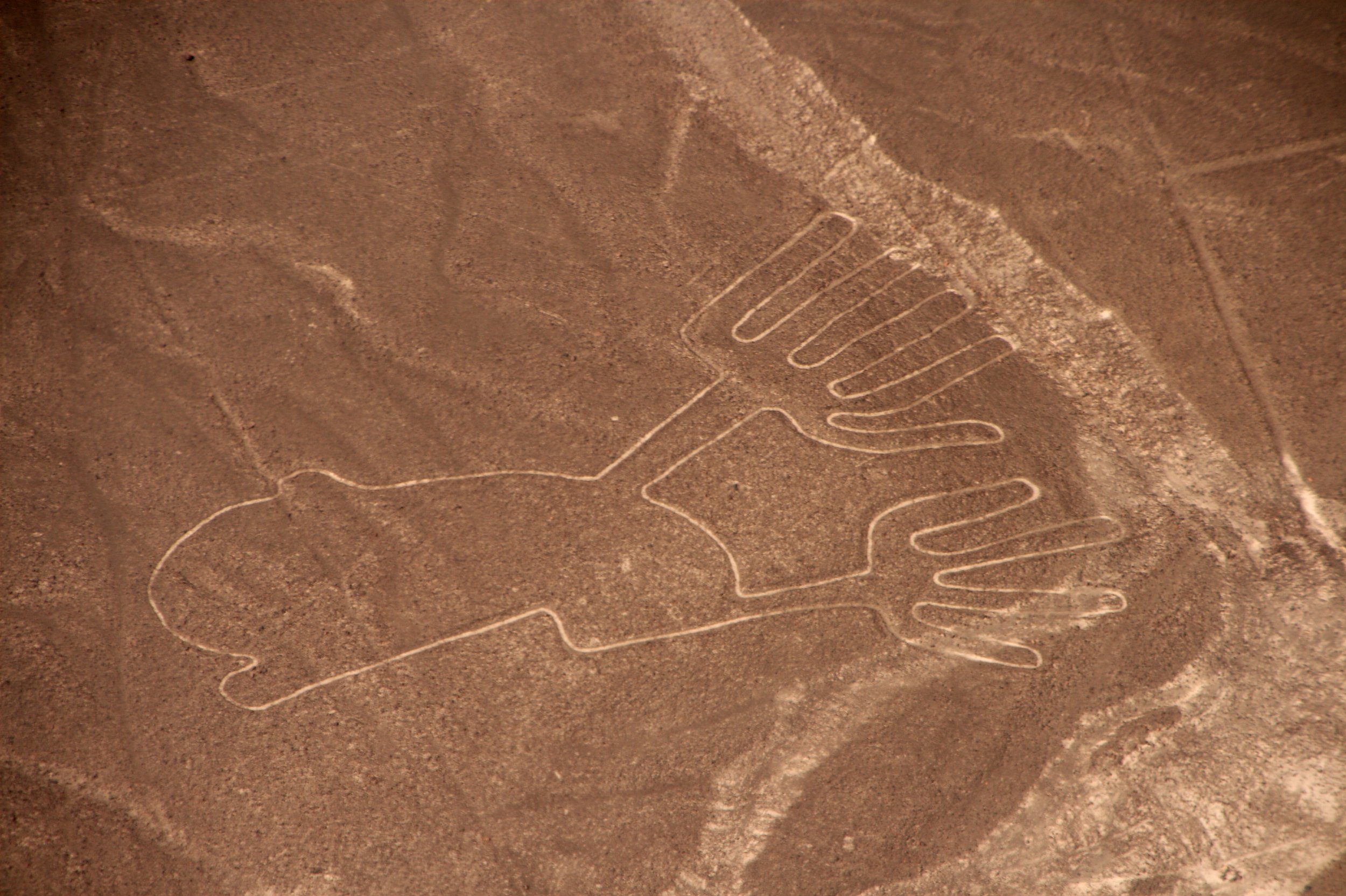
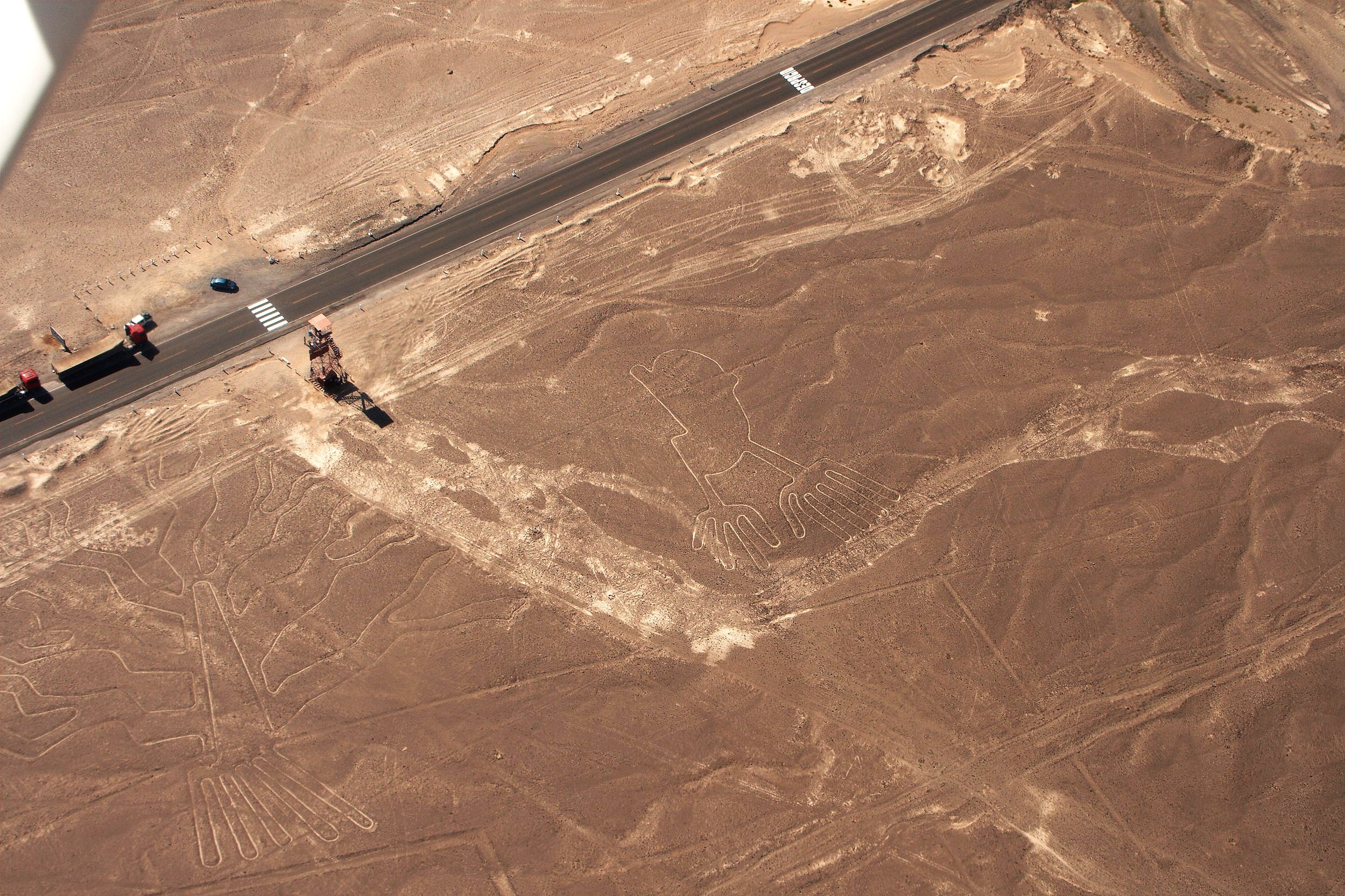
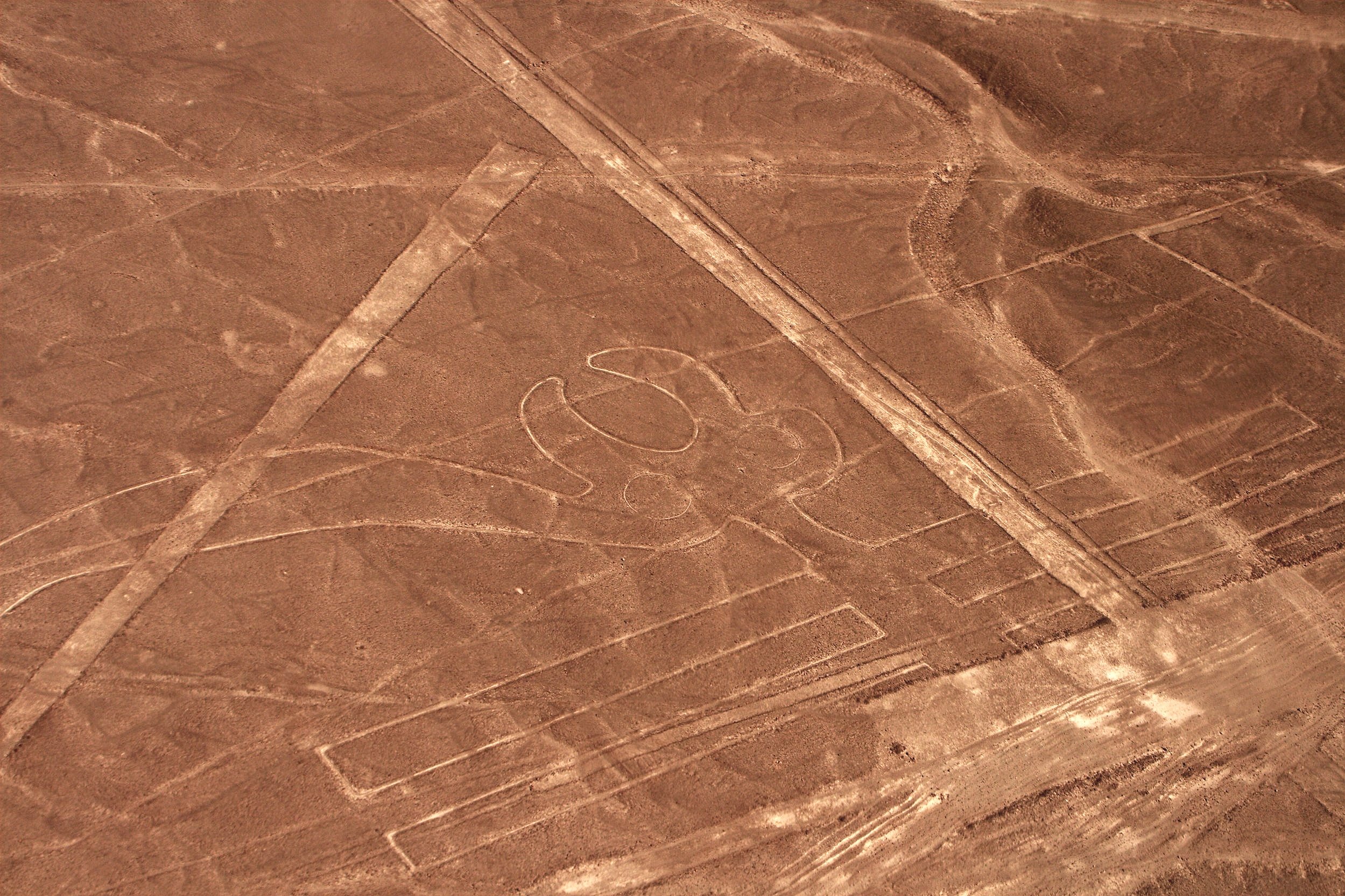
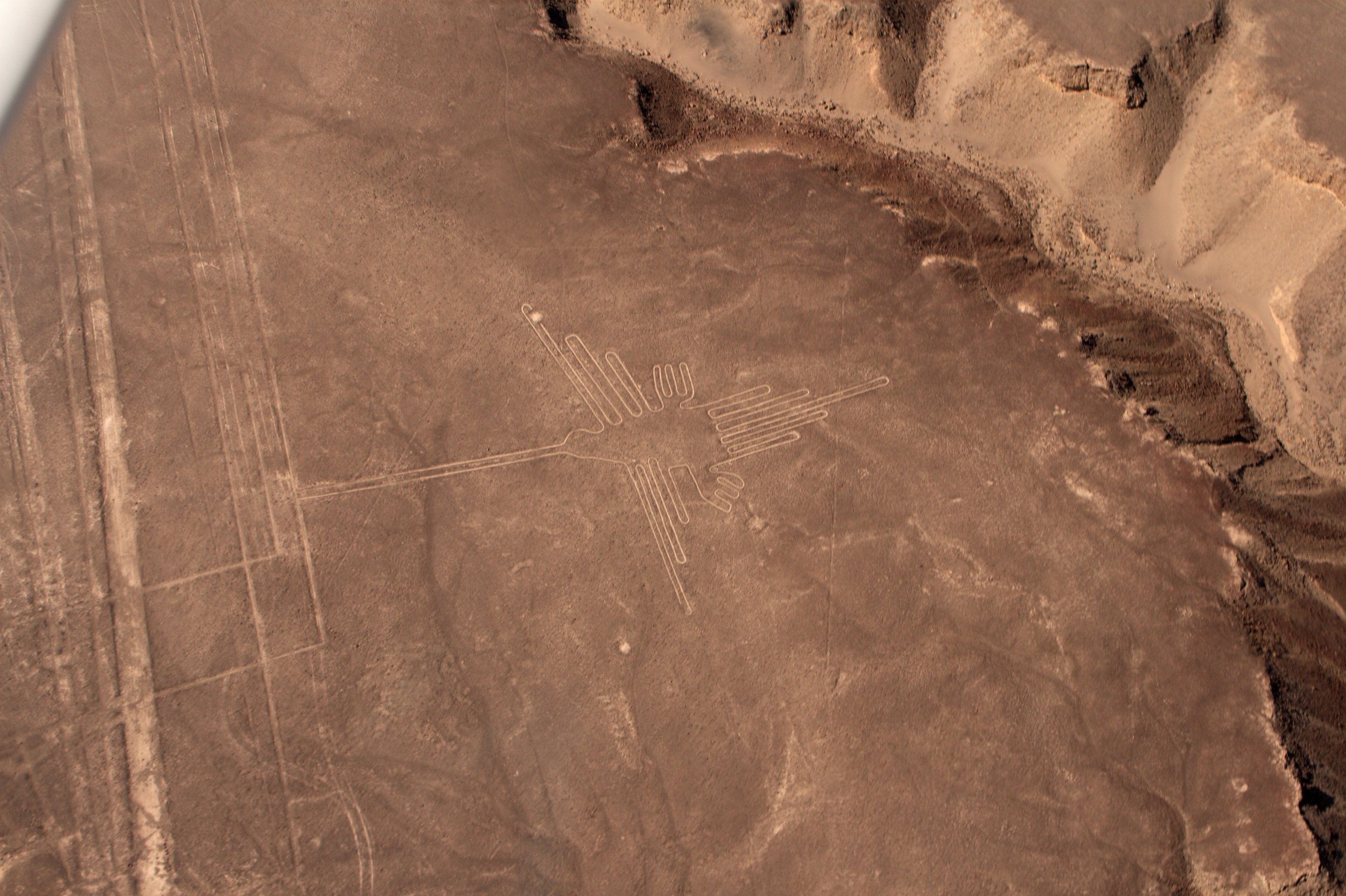
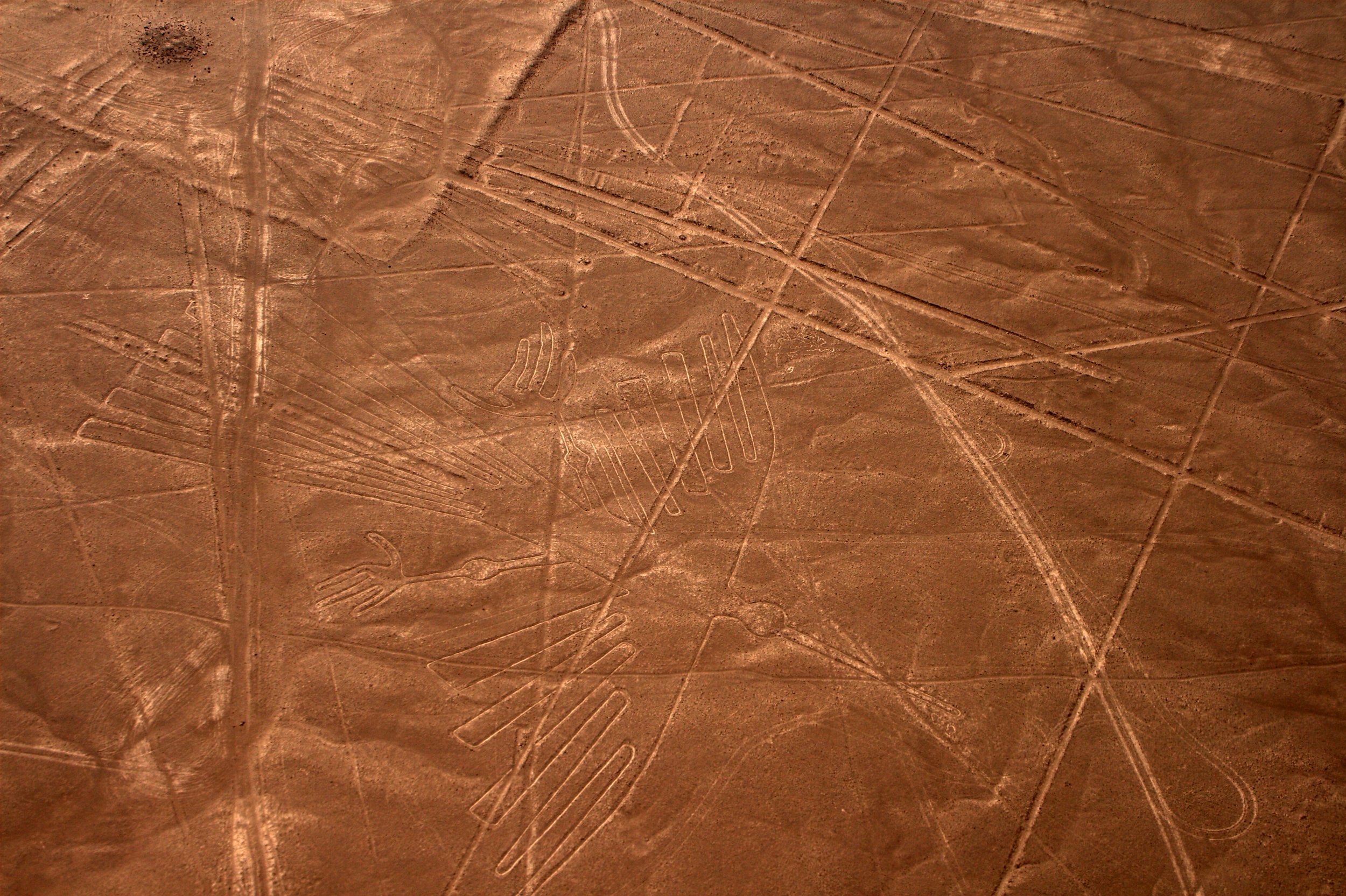
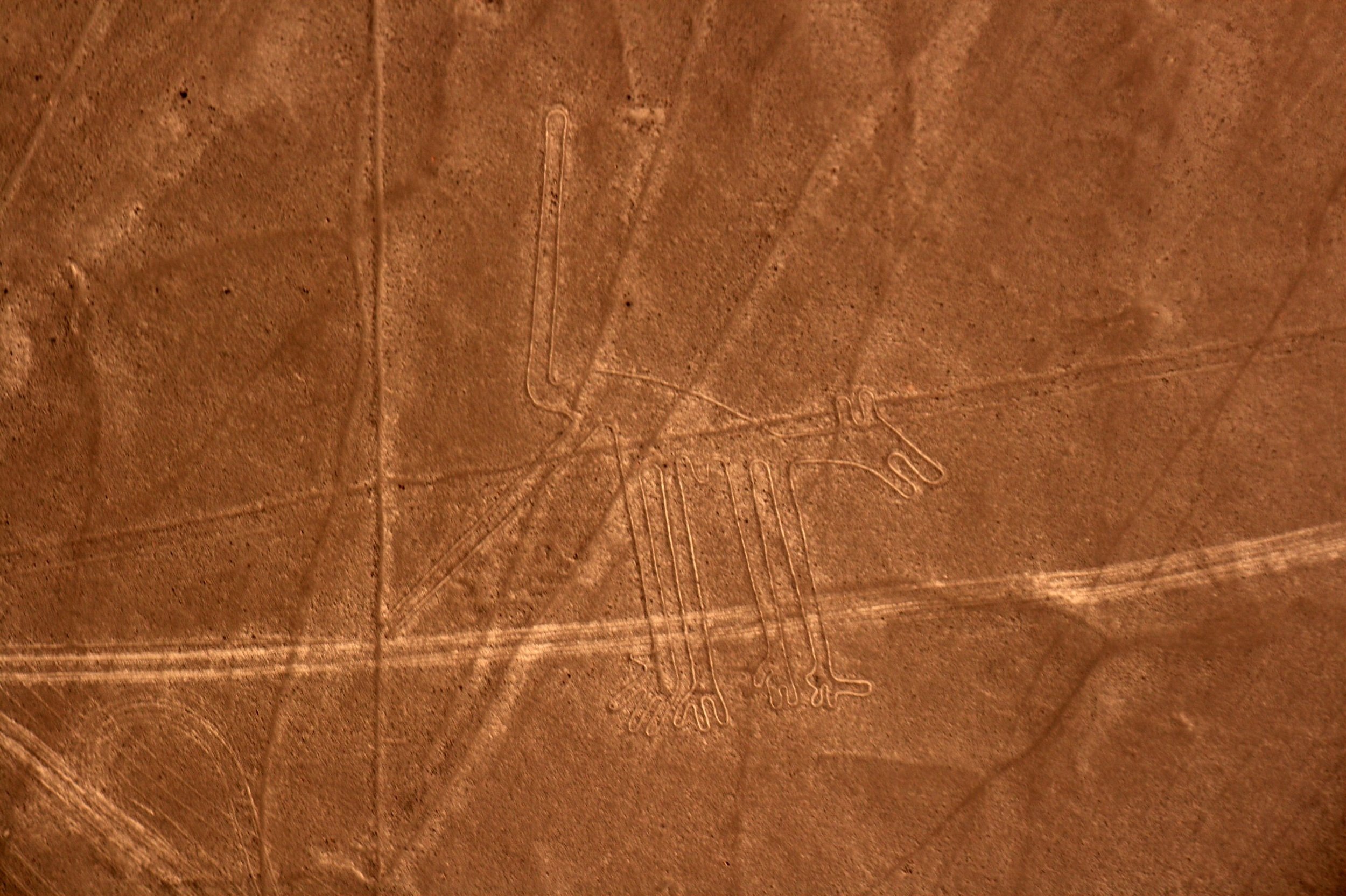
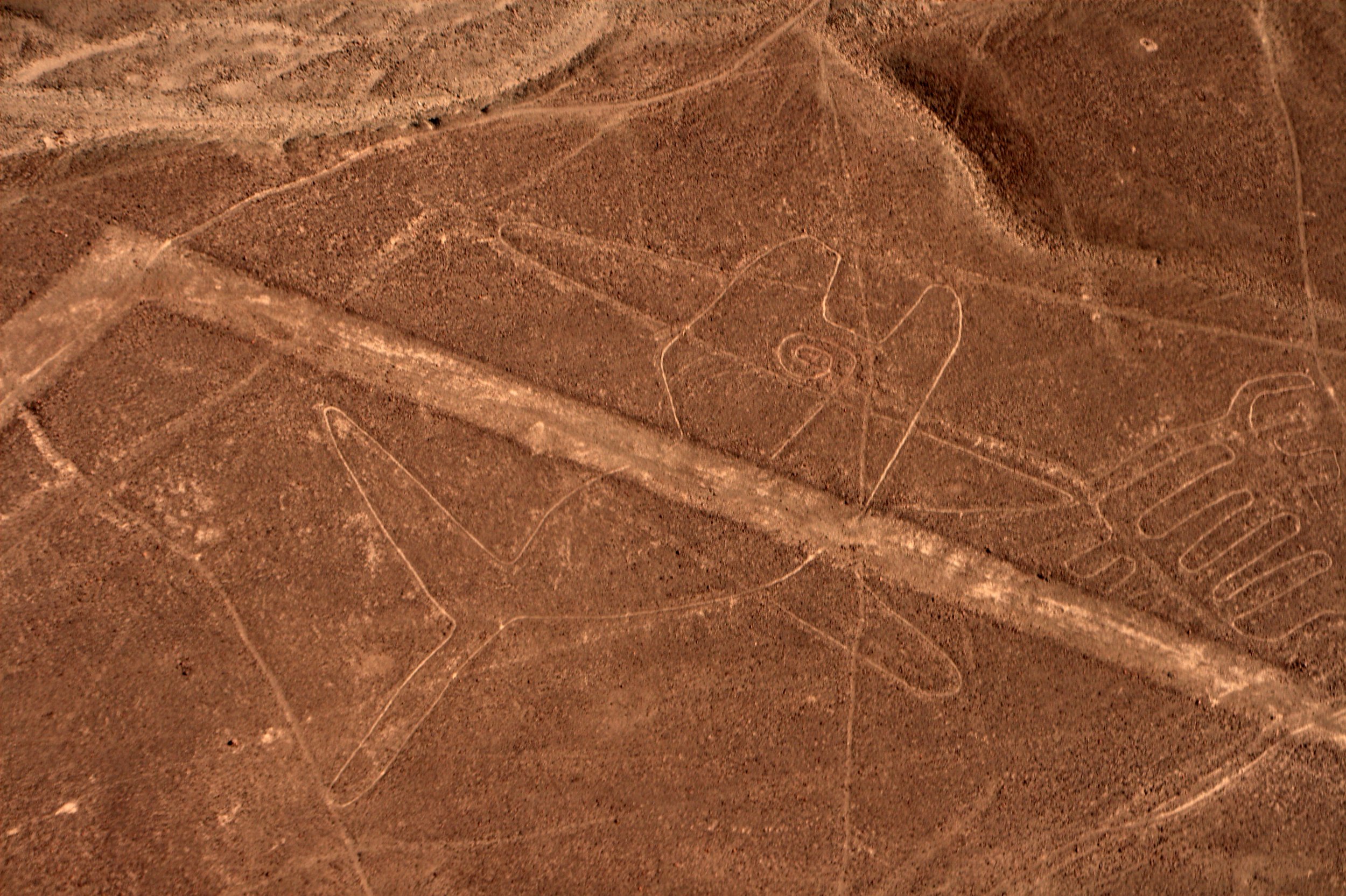
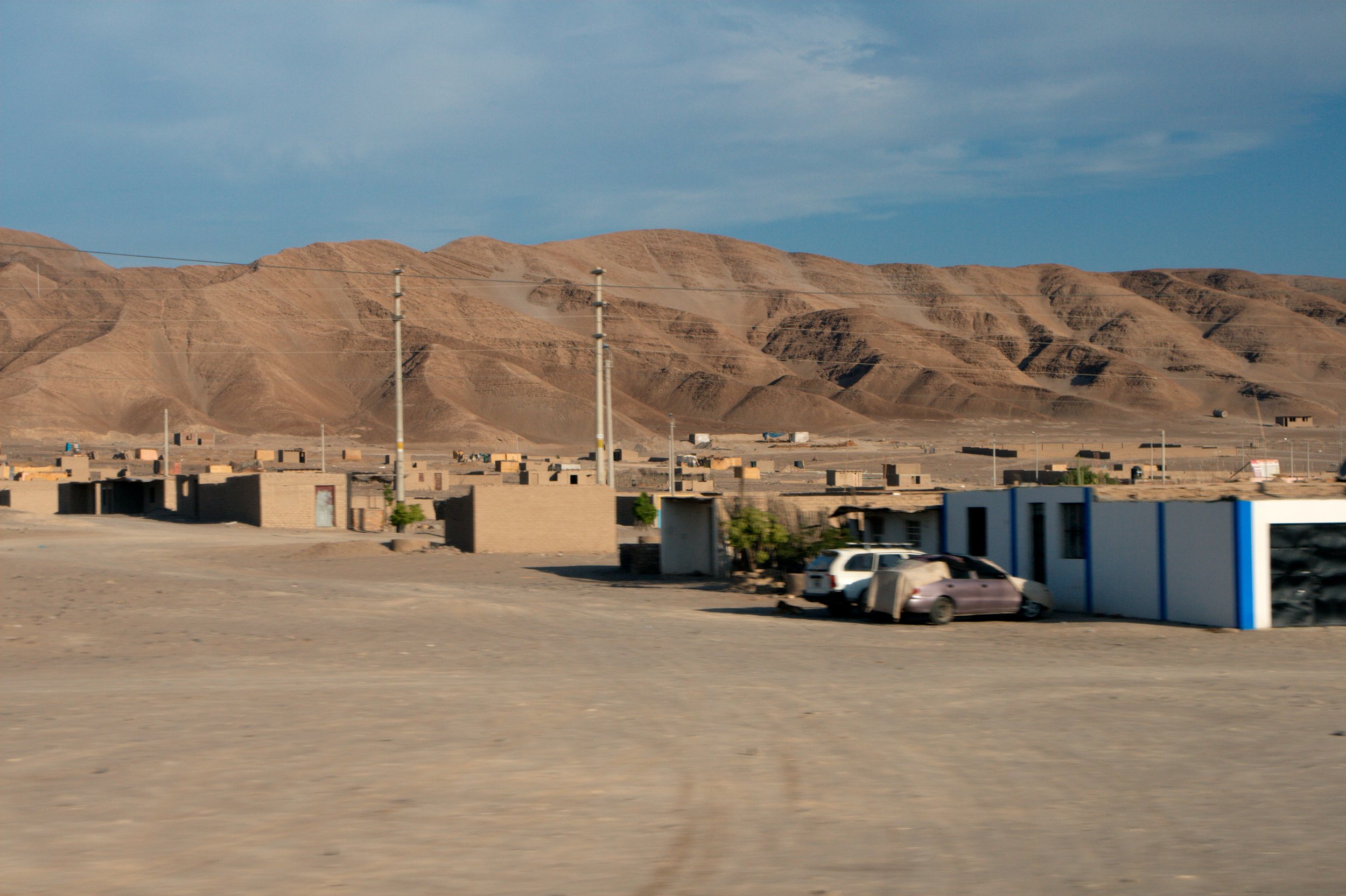
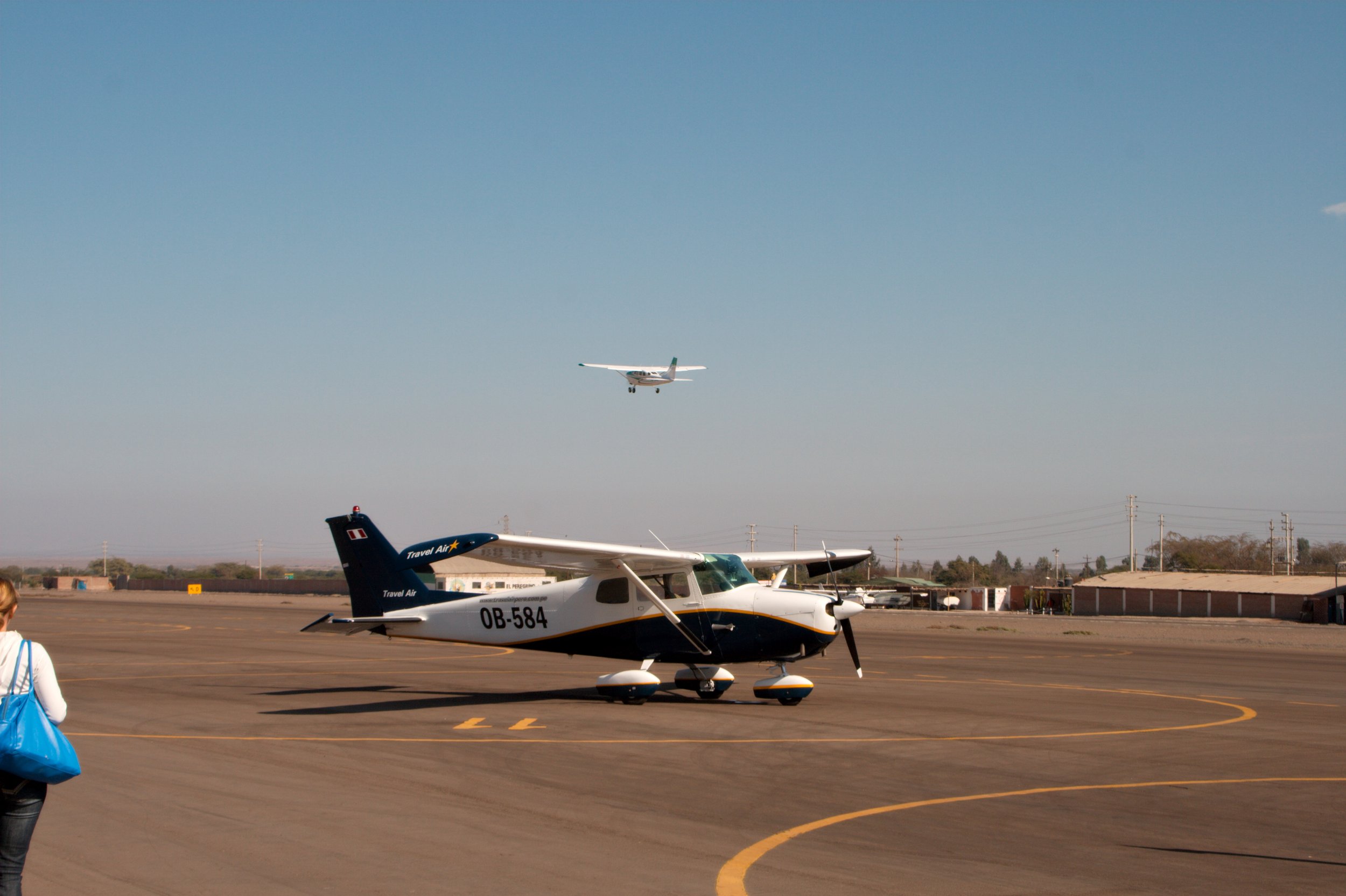


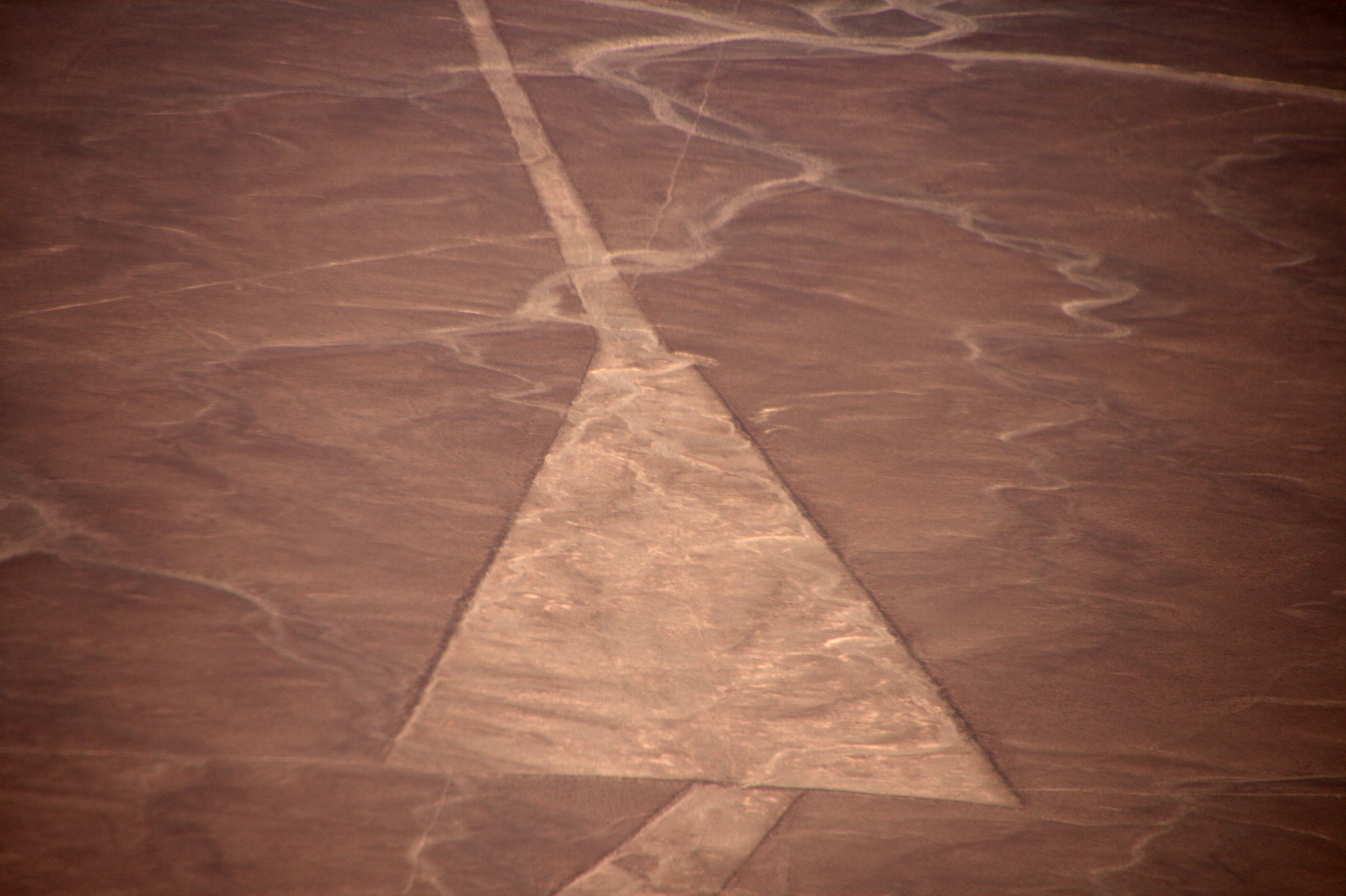
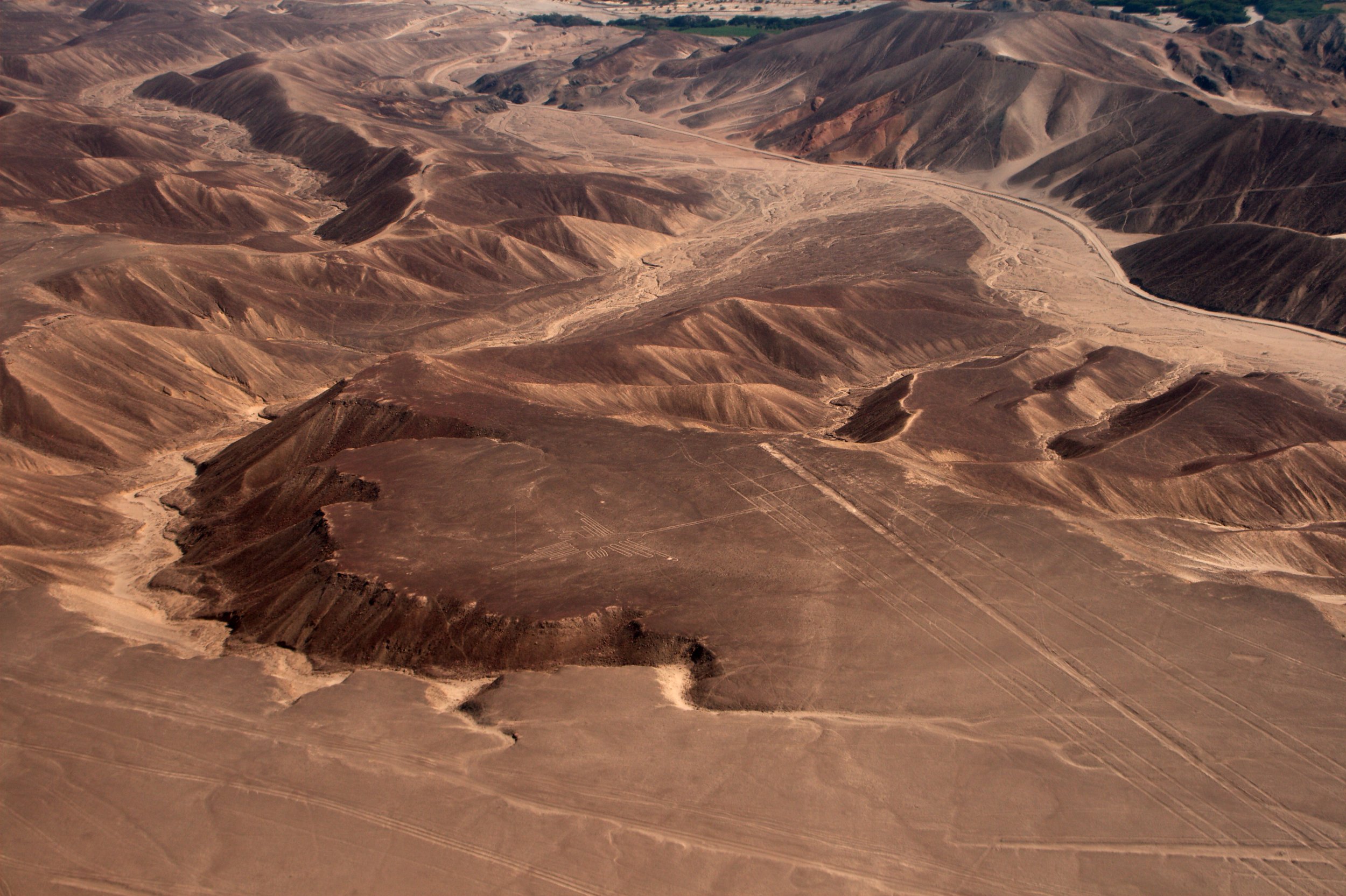
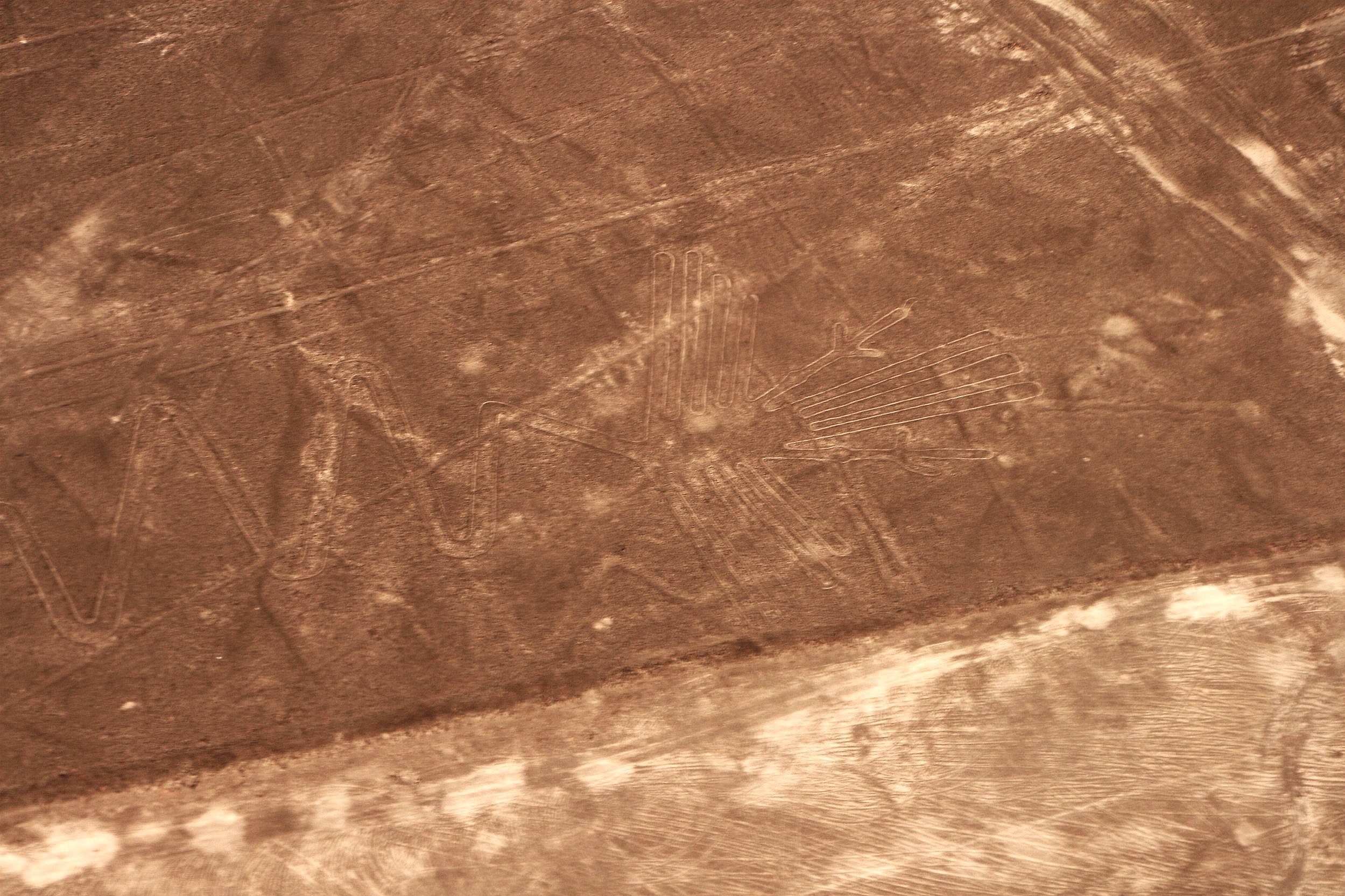
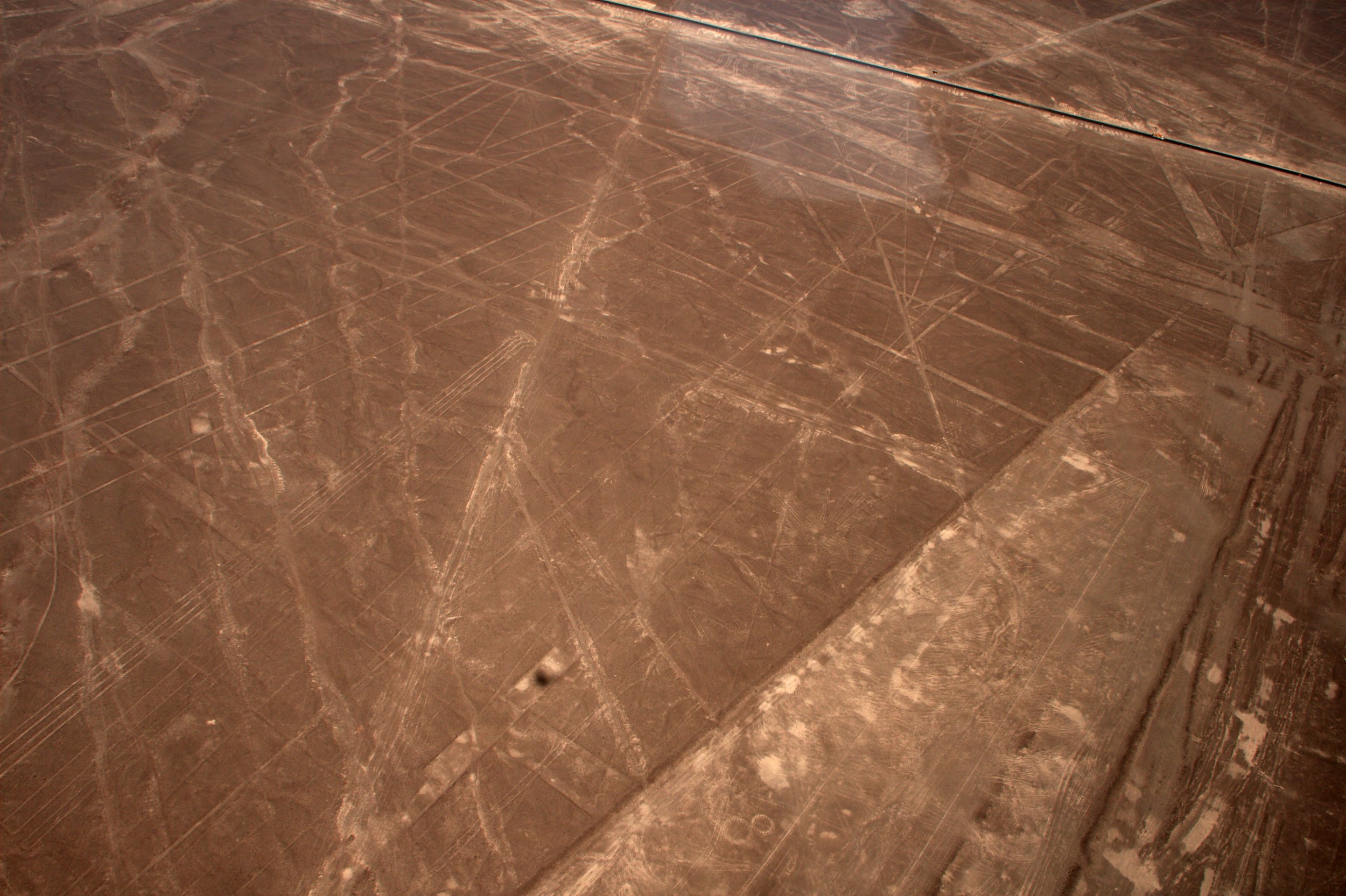

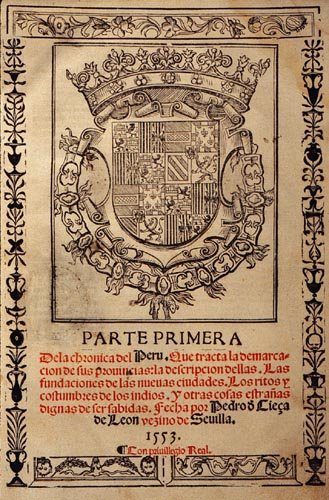
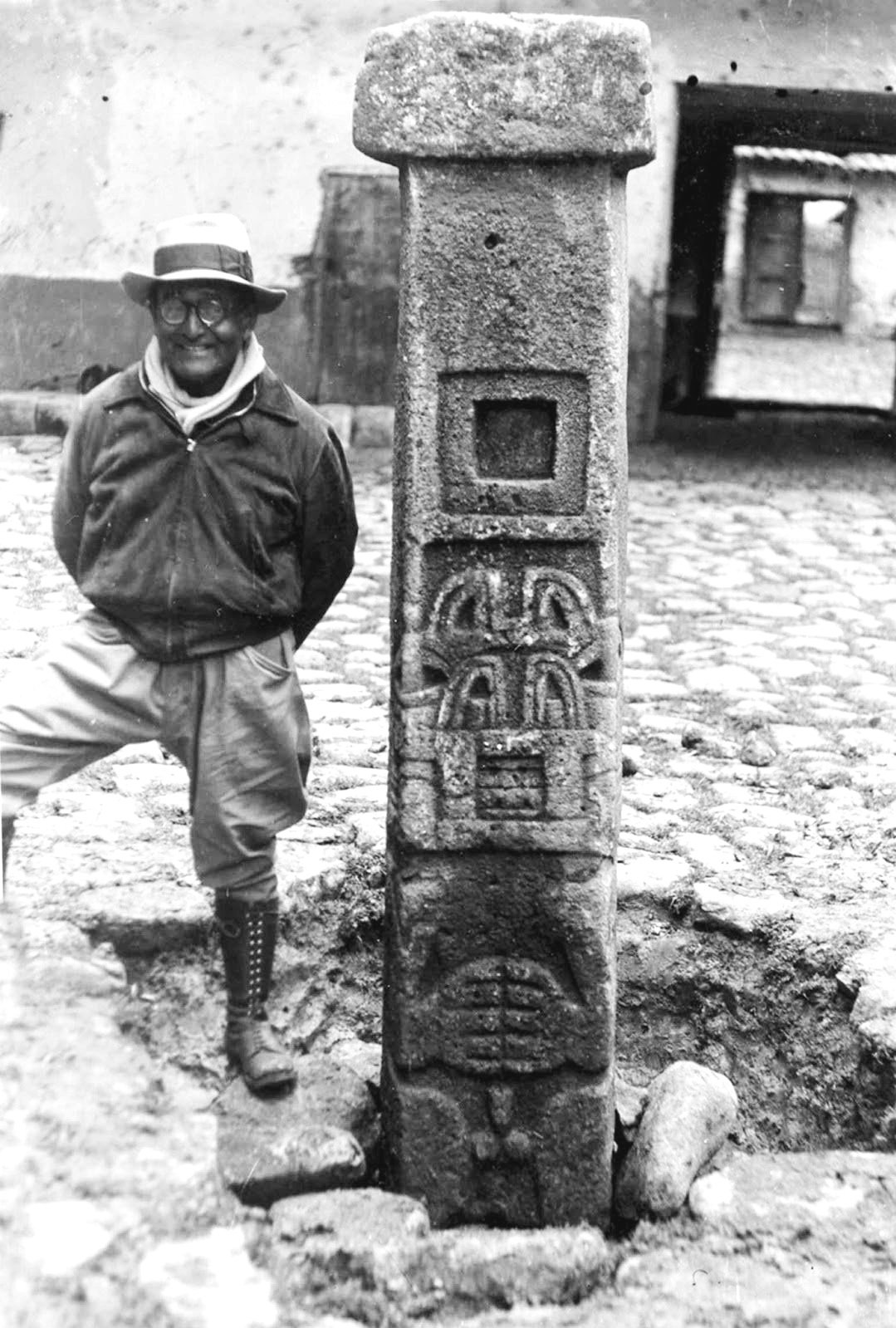
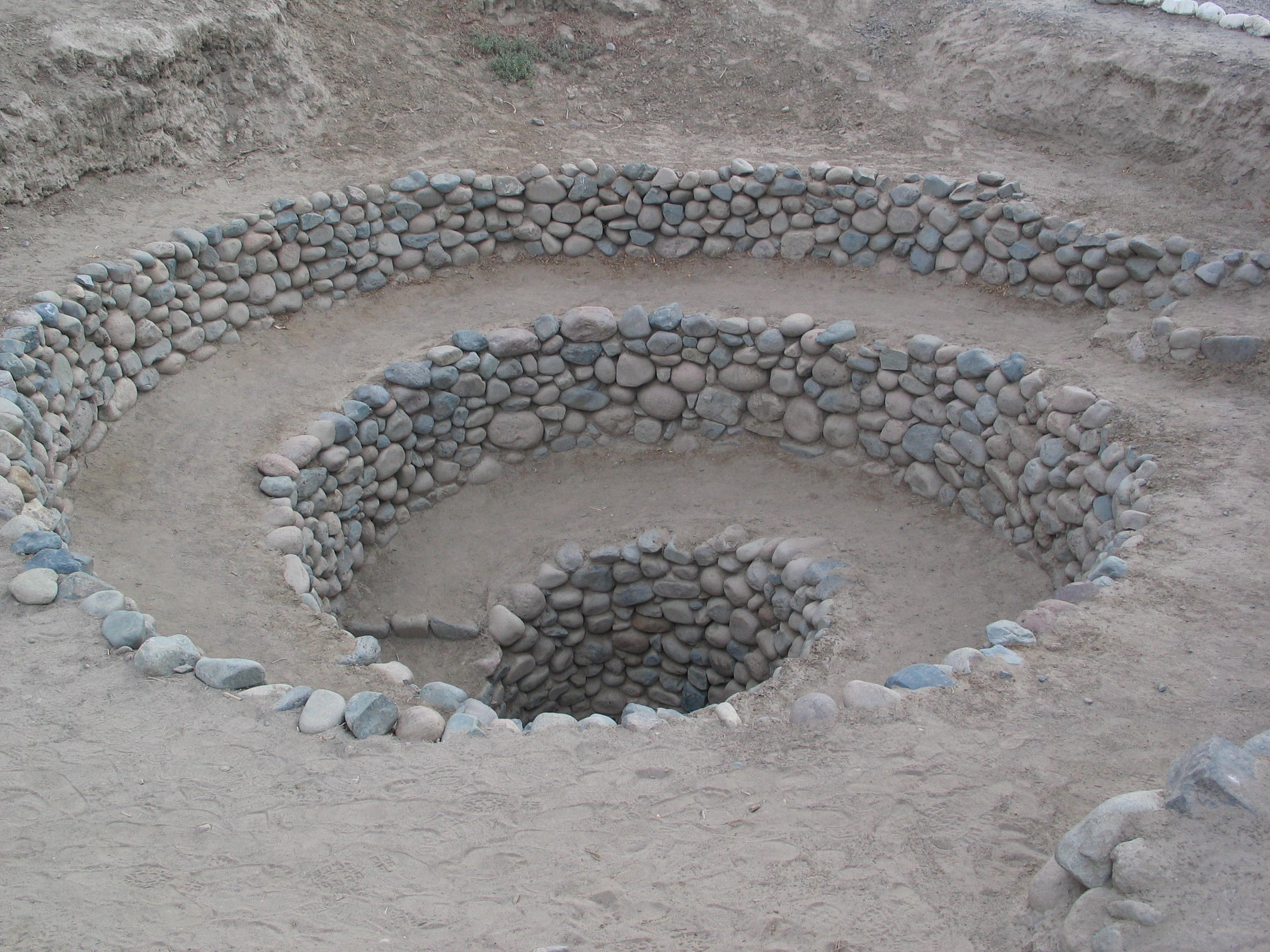
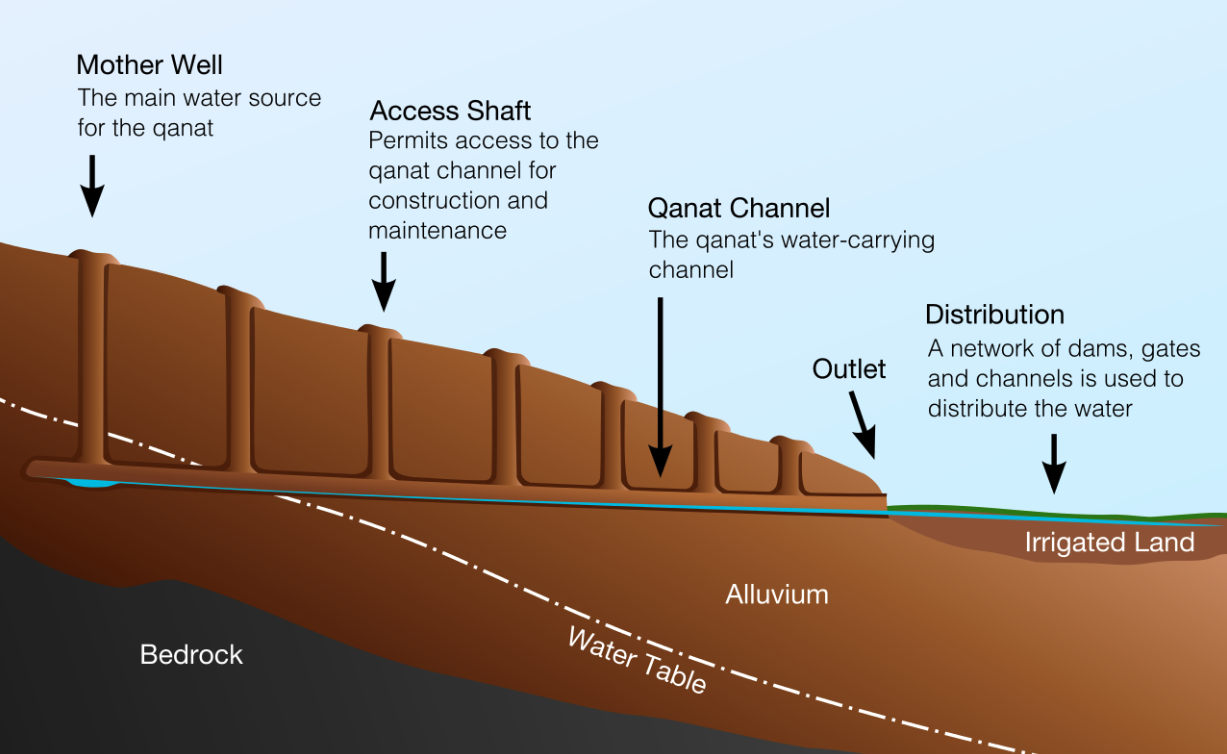
Location:
The vast expanse of geoglyph lines in the desert at Nazca, Peru
Reference Links:
“Lines and Geoglyphs of Nasca and Palpa” from the UNESCO World Heritage Convention website
Apply to the NEW Astonishing Legends Astonishing Research Corps now on the Discord platform!
“Mysteries Of The Gods (1976)” with William Shatner, on the Aeolus 13 Umbra YouTube channel
“Huge cat found etched into desert among Nazca Lines in Peru” from The Guardian
“Archaeology: An Introduction to the World's Greatest Sites” on Wondrium.com
The “Double-spout Bottle” or “Stirrup Vessel” from the metmuseum.org
Related Books:
Join us on Patreon!
Click HERE or go to patreon.com/astonishinglegends to become one of our Patreon members and receive exclusive offerings, like our bonus Astonishing Junk Drawer episodes (posted every weekend the main show is dark) commercial-free episodes, and more!
SPECIAL OFFERS FROM OUR SPECIAL SPONSORS:
FIND OTHER GREAT DEALS FROM OUR SHOW’S SPONSORS BY CLICKING HERE!
CREDITS:
Episode 251: The Nazca Lines Part 1. Produced by Scott Philbrook & Forrest Burgess; Audio Editing by Sarah Vorhees Wendel of VW Sound. Music and Sound Design by Allen Carrescia. Tess Pfeifle, Producer, and Lead Researcher. Ed Voccola, Technical Producer. Research Support from The Astonishing Research Corps, or "A.R.C." for short. Copyright 2023 Astonishing Legends Productions, LLC. All Rights Reserved.


